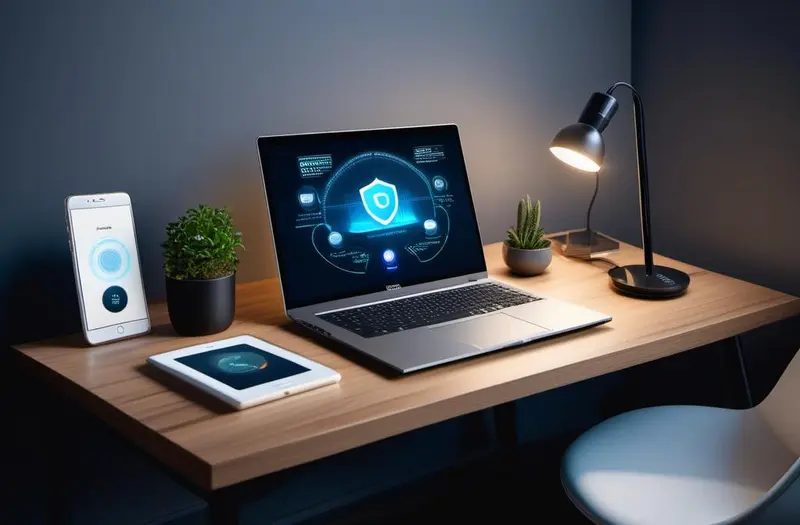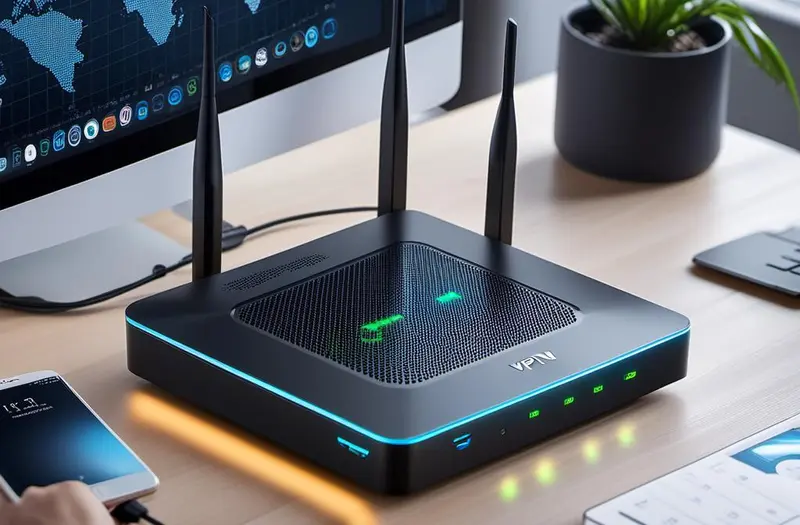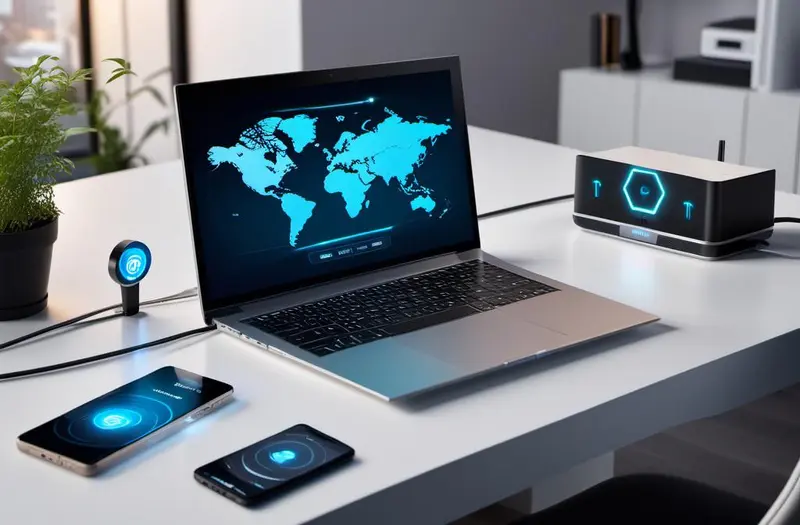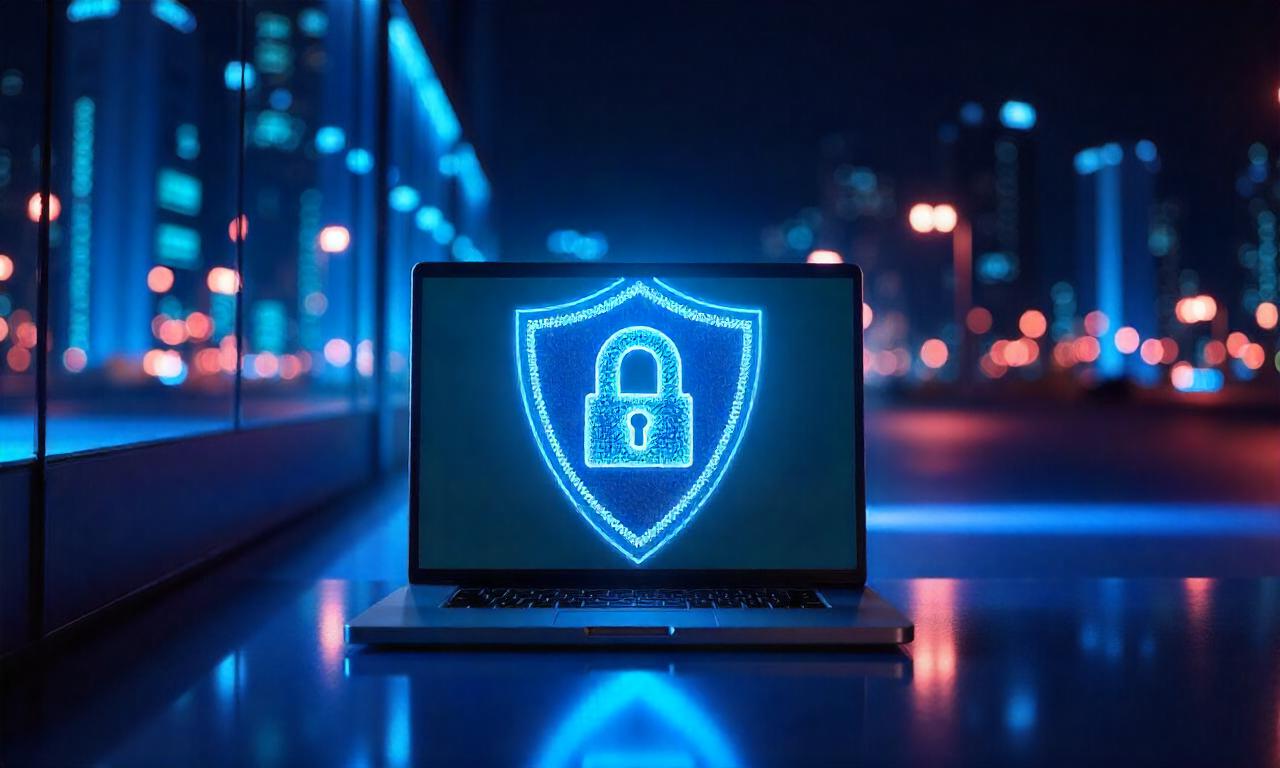vpnpieces.com – Learn how to setup VPN to home network with this detailed guide. Secure your devices, enhance privacy, and access your home network remotely with ease.
Table of Contents
ToggleWhat is a VPN?
A VPN is a service that creates a secure, encrypted connection over a less-secure network (like the internet). It allows you to send and receive data as if your device were on a private network, even when you’re connected to a public or shared network.
How to Setup VPN to Home Network
Step 1: Choose the Right VPN Service
The first step to setting up a VPN for your home network is selecting the appropriate service. A good VPN will offer fast speeds, reliable security protocols, and compatibility with your home router.
When choosing a VPN, make sure it has a no-log policy, which ensures your online activities remain private.
Research VPN Providers
There are many VPN services available, but it’s important to pick one that suits your specific needs. Some popular options include NordVPN, ExpressVPN, and CyberGhost.
Look for features such as:
- Strong encryption methods (AES-256)
- High-speed servers for streaming and browsing
- Easy-to-use apps for all your devices
- Remote access capabilities for home network connections
Check Compatibility
Make sure the VPN you choose is compatible with your router. Some routers may require manual configurations, while others might support VPN connections directly.
Step 2: Set Up VPN on Your Home Router

The most efficient way to establish VPN connection to home network is by setting it up directly on your router. This allows all devices connected to your home network to benefit from the VPN protection.
Access Your Router’s Admin Panel
To begin, log into your router’s admin panel by entering the router’s IP address into a browser. The default IP address is typically 192.168.1.1 or 192.168.0.1, but you can check the specific address in the router’s manual.
Install VPN on Router
Once logged in, navigate to the VPN settings section of your router’s configuration page. This may vary depending on your router model, but most modern routers support VPN integration. Enter your VPN provider’s details, including:
- Server address
- VPN type (such as OpenVPN or IKEv2)
- Username and password provided by the VPN service
Verify VPN Connection
After configuring your router with the VPN, ensure that the connection is active. You can check this by visiting websites such as whatismyipaddress.com to confirm that your home IP address is hidden.
Step 3: Configure VPN on Your Devices
Now that your router is VPN-enabled, you can configure the devices that connect to it. This ensures that any device—whether a smartphone, laptop, or tablet—benefits from the secure VPN tunnel.
Install VPN Apps on Devices
Most VPN providers offer apps for various platforms. Simply download and install the app on your devices. Once installed, log in using your VPN credentials. From here, you can connect to your home network securely, whether you’re at home or traveling.
Manual Configuration for Advanced Users
For devices that don’t support VPN apps, you can manually configure the VPN connection by entering the same information used in your router setup:
- Server address
- VPN type
- Authentication details
Test VPN Connection
After configuring your devices, test the connection to ensure everything works. Open a browser and verify that your public IP address reflects your home network’s VPN server, rather than your actual location.
Step 4: Secure Your Home Wi-Fi Network

While setting up a VPN on your home router significantly enhances security, it’s also crucial to secure your Wi-Fi network. Without a secure Wi-Fi network, your VPN could be vulnerable to attacks.
Change Default Router Passwords
Make sure you change the default login credentials for your router. These are often easily guessed, so creating a strong, unique password is essential.
Enable WPA3 Encryption
If your router supports it, enable WPA3 encryption for your Wi-Fi. This is the most advanced and secure Wi-Fi encryption standard, providing robust protection against cyber threats.
Disable WPS (Wi-Fi Protected Setup)
WPS can be a security risk, as it allows easy connection to your Wi-Fi network. Disable this feature to reduce the risk of unauthorized access.
Step 5: Set Up Remote Access VPN Connection
A remote access VPN setup allows you to connect to your home network from anywhere in the world. This is especially useful if you travel frequently or need to access files and devices on your home network remotely.
Enable Remote Access on Your Router
Many modern routers come with built-in support for remote access VPNs. This allows you to connect securely to your home network even when you’re miles away. Check the settings to ensure that remote access VPN is enabled.
Use Dynamic DNS (DDNS)
If you have a dynamic IP address at home, set up Dynamic DNS (DDNS). DDNS ensures that even if your home IP address changes, you can still access your home network remotely by using a fixed domain name.
Test Remote Access
Before relying on your remote VPN setup, test the connection. Use a mobile phone or laptop on a different network (such as public Wi-Fi) and try connecting to your home VPN to ensure everything is functioning correctly.
Read More : How to Use VPN for Wattpad
FAQs
What is the best VPN for home network setup?
The best VPN for home network setup depends on your specific needs, but popular options include NordVPN, ExpressVPN, and CyberGhost. These services offer strong encryption, fast speeds, and ease of use.
Can I use a VPN on my router for all devices?
Yes, by setting up a VPN on your router, all devices connected to your home network will benefit from the VPN’s security features, including smartphones, laptops, and smart devices.
Do I need a static IP for a home VPN?
A static IP is not necessary, but it can make setting up remote access easier. If you have a dynamic IP, you can use Dynamic DNS to access your network remotely.
How secure is a home VPN setup?
A properly configured home VPN setup is highly secure, especially if you use strong encryption and implement other security measures like changing default router passwords and enabling WPA3 encryption.
Can I access my home network when I’m away?
Yes, with a remote access VPN setup, you can securely connect to your home network from anywhere in the world, provided you have an internet connection.
Conclusion
Setting up a VPN to your home network is an excellent way to protect your personal information and secure your online activities. By following the 5 easy steps outlined in this guide, you can configure a VPN for home network access, secure your Wi-Fi, and set up remote access for greater flexibility. Whether you want to browse the internet safely, access files remotely, or protect your entire home network, a VPN is an invaluable tool for enhancing your privacy and security.
Key Takeaways:
- Select a reliable VPN service with a no-log policy.
- Set up the VPN directly on your home router for network-wide protection.
- Configure devices and secure your home Wi-Fi network.
- Set up remote access to securely connect to your home network from anywhere.
- Regularly test and update your VPN configuration to ensure ongoing security.
















